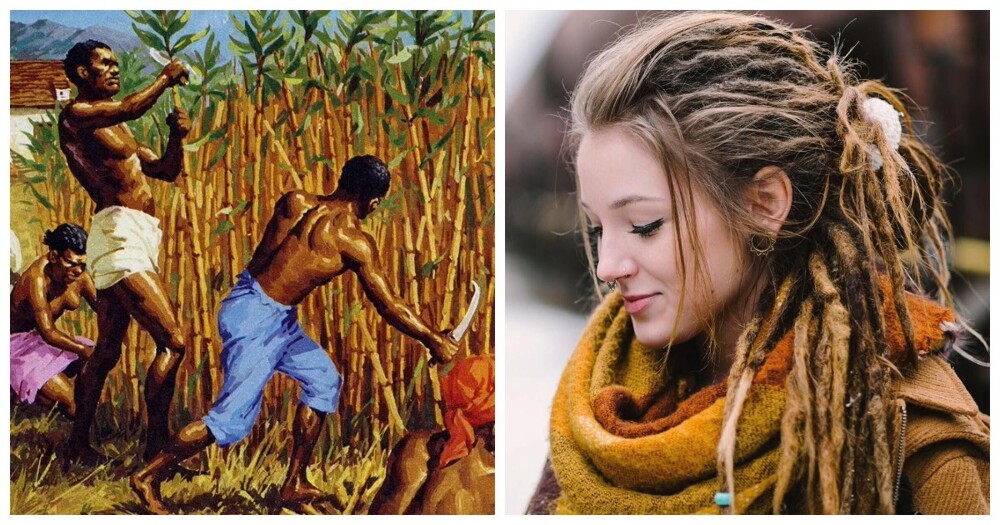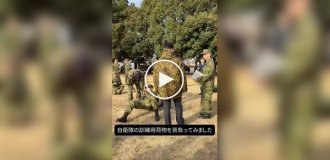Hair styles change frequently. But this one since its appearance has a sacred meaning. And apparently it won't stop at all. trendy. 
The ancestors of modern Jamaicans were black slaves, which were brought to the island after the appearance of Columbus here. development Islands, which is not surprising, were thoroughly engaged in by the British. 
But even after the abolition of slavery, the general welfare and happiness did not come to Jamaica. An economy based on cultivation sugar cane began to decline. And the descendants of Negro slaves felt all the "charms" of a free life - poverty, hunger, disease. 
Emperor Haile Selassie (before coronation - Ras Teferi Makonnyn)
During this period - the 1830s, the political arena arose a certain Marcus Garvey - an active figure in the worldwide movement of blacks for rights and liberation from oppression. The idea he promoted God's chosen people of the black population found an active response in the ranks fellow citizens. And when in 1930 Ras Teferi ascended the Ethiopian throne Makonnyn, the Jamaicans took this as a sign and saw the Savior in him.
So a new religious movement appeared, the adherents of which began to call themselves Rastafari. In fact, this is an adapted version Christianity, which says that the Negroes for their transgressions were given Jehovah (Jah) in the service of the whites. And to earn forgiveness and return home on the ships of the emperor of Ethiopia, they must not follow the path violence. Most of them are vegetarians.
Scythes of chosenness and freedom 
Rejecting white - "Babylonian" customs, among which there were haircuts and combing, the Jamaicans quickly acquired natural pigtails, which looked very impressive and intimidating.
Dreadlocks look like a lion's mane, and this beast is Jamaican culture is a symbol of divine power. Available evidence of the sacredness of dreadlocks in the Holy Scriptures:
On all the days of the Nazarite vow, his razor must not touch his head; until the completion of the days for which he consecrated himself as a Nazirite To the Lord, holy is he: he must grow hair on his head.
An indirect confirmation is the legend of Samson, whose strength was in his hair. 
Bob Marley
An unexpected turn in culture, including the barbershop, happened in the 70s. Popularization was facilitated by the famous musician Bob Marley, who laid the foundation for the musical style of reggae. And he along with everyone The resultant quickly won many fans around the world already. 
The standard technique for "growing" dreadlocks is combing hair from the root zone, followed by weaving slipped hairs with a crochet hook. To give the pigtails density and smoothness they should be regularly rolled in the palms. As hair grows braid the hairs to the base. 
The disadvantage of the natural technique is that the structure in any case is severely damaged, so it’s easier not to unravel, but to cut dreadlocks. In this connection, artificial materials are often used for their manufacture. hair. 
Asha Mandela
The culture of dreadlocks is also practiced by other peoples - aborigines Australia, some tribes of Oceania. The owner of the longest pigtails, awarded the right to get into the Guinness Book of Records, became US resident Asha Mandela. For more than a quarter of a century, the lady has grown its treasure up to 2.5 meters, and all this beauty weighs about 20 kg.
Would you risk such a change of image?
Add your comment
You might be interested in:






















